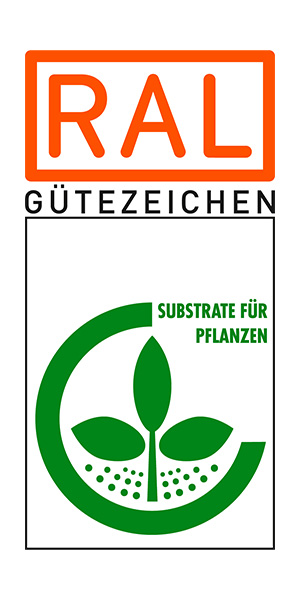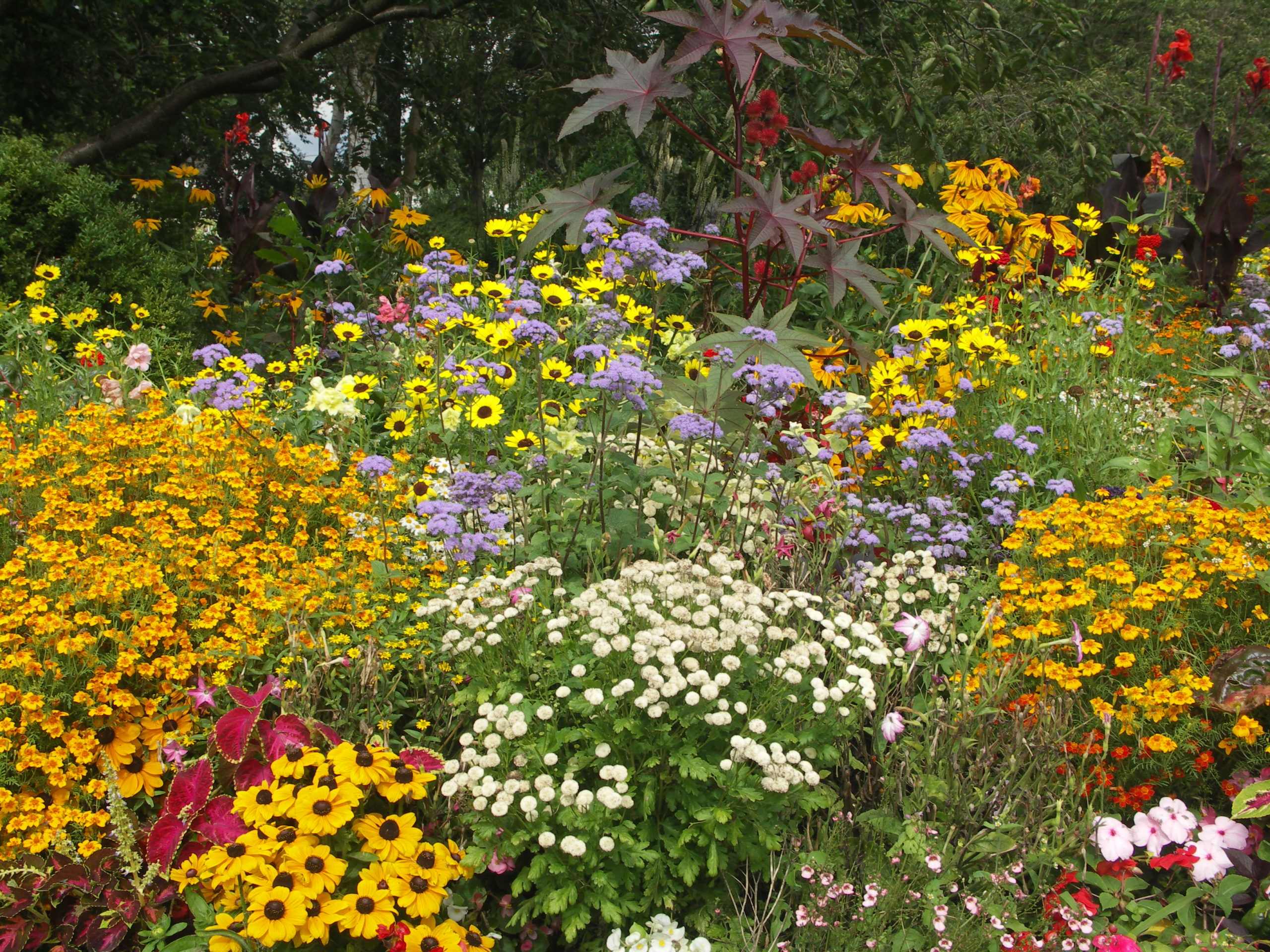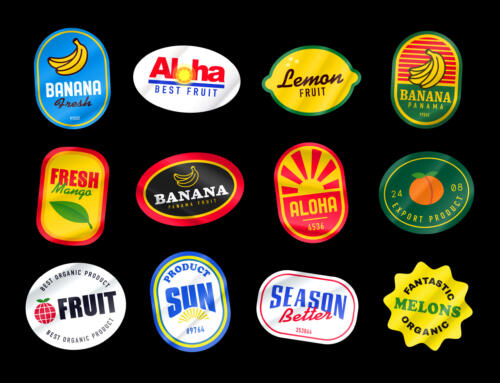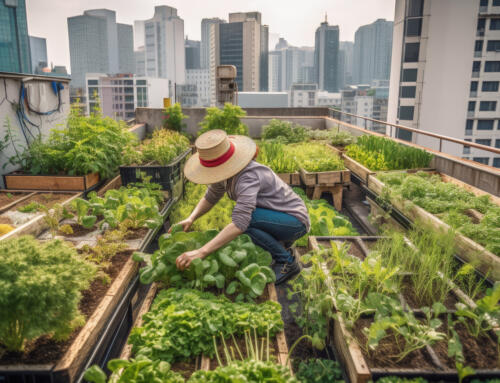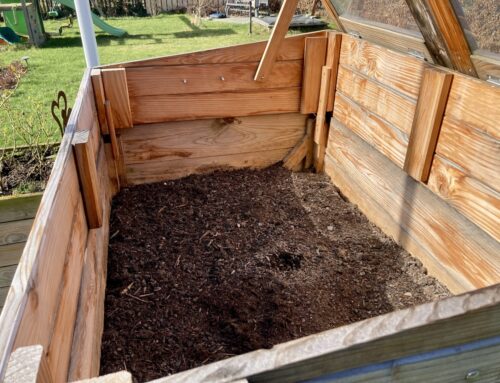Gardening is in vogue, and for good reason! Hardly any other leisure activity so perfectly combines exercise in the fresh air with the satisfying feeling of having created something. However, sometimes the dream of flowering beds and borders and magnificent woody plants just does not seem to want to come true. Often the reason is a “difficult” soil. Bark humus can help!
Any garden owner knows that you cannot choose your garden soil. However, the soil composition of sand, silt and clay has a significant bearing on key soil properties such as water balance, holding capacity for nutrients and heat supply. When cultivating your garden soil, you should keep the soil type peculiarities resulting from the soil composition in mind. The soil type often decides about success or failure of gardening plans, especially if you are a newbie gardener.
Benefits and drawbacks of specific types of soil
Gardeners of sandy soils have a hard time keeping up with watering and fertilising, because the nutrients are continuously washed out. On the other hand, the soils warm up fast in spring and waterlogging is not an issue.
Gardeners of clay soils often moan and groan when digging and weeding. Clay soils often turn hard as rock in dry conditions and can hardly be worked. Also, clay soils take a long time to warm up in spring, which delays the start of the growing season. On the other hand, these soils usually have high nutrient levels and retain moisture for a long time.
Lucky are the gardeners who call loamy soils their own. Loamy soils have a balanced ratio of sand, silt and loam. They generally also contain a certain percentage of precious organic matter. These types of soil will tolerate many a beginner’s mistake.
How can garden soils be improved?
We recommend spreading a 0.5 to 1.0 cm thick layer of RAL-certified bark humus over the surface of the soil that is to be improved (e.g. perennial bed) and work it into the top soil. The best time for this is the early spring, but you can also do this any time during the growing season.
When planting (fruit) trees or shrubs, it is a good idea to add up to 30 vol. % of bark humus to the planting media and mix well.
Bark humus increases the percentage of organic matter in soil. Consequently, this will improve supply of water, air and heat to the soil. In addition, bark humus will enhance soil fertility and make the soil easier to handle. The plants will perform better, produce higher yields and are generally in better health.
What is bark humus?
Bark humus is composted, shredded and fractionated bark with or without nutrient additives. In a long specific rotting process and by adding nitrogen (usually urea), fine screened raw bark of conifers is processed into bark humus. During composting, growth-inhibiting constituents are decomposed and soil nitrogen dynamics is stabilised. The resulting product is a valuable source of soil-improving humus and nutrients.
What bark humus is best?
Specialised dealers offer a large selection of bark humus of various particle sizes and qualities from different manufacturers. Consumers can identify high-quality bark humus by the RAL quality mark “Substrates for Plants”. The RAL quality mark gives you the assurance that you are choosing an all-natural product that is subject to continuous independent monitoring by Gütegemeinschaft Substrate für Pflanzen e.V. It guarantees that the quality-inspected substrates meet specific pH value and nutrient content specifications. Moreover, the high-quality substrates have a good nitrogen stability and are free from growth inhibiting substances and weeds.
A list of all manufacturers of RAL-certified bark humus is available here.
